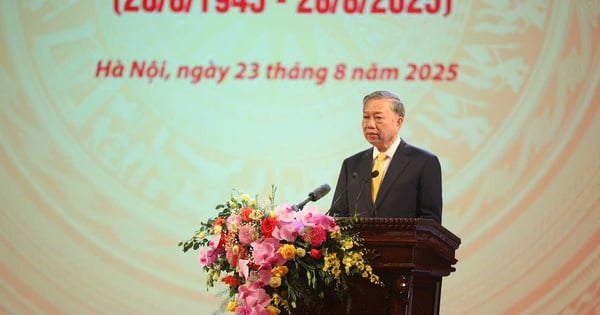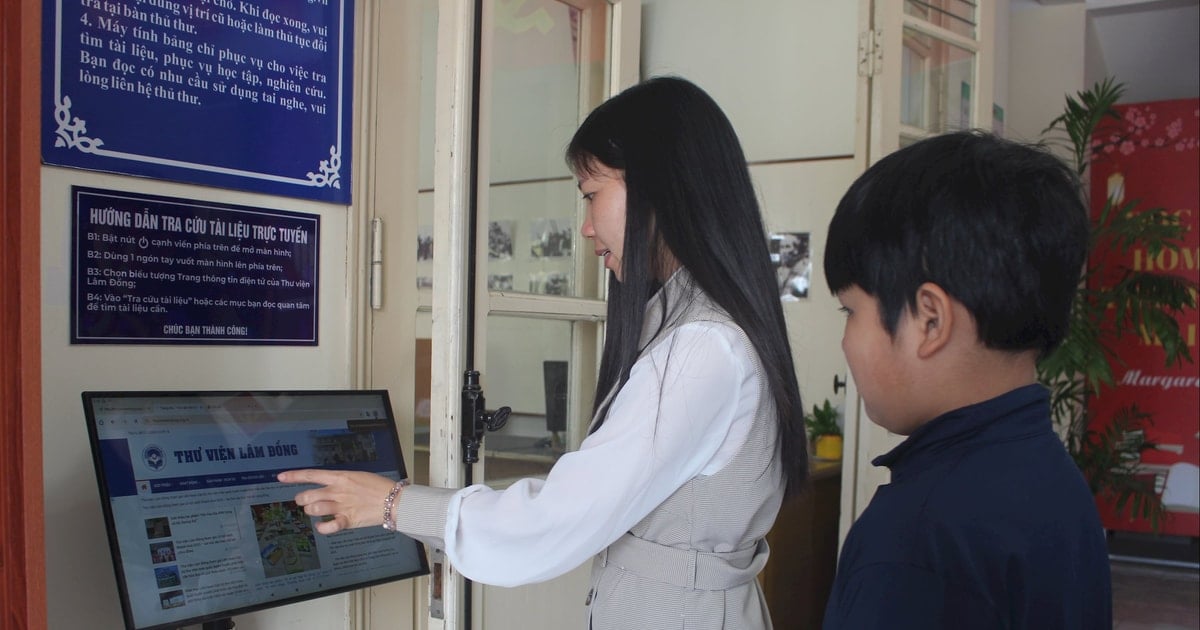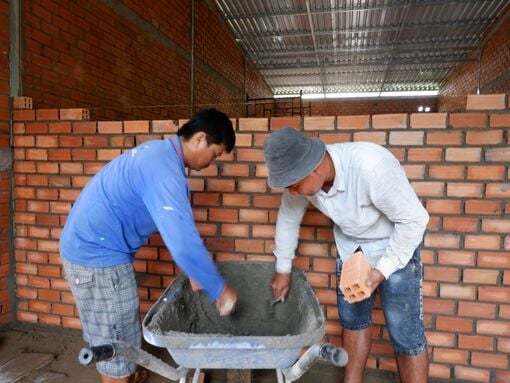The provincial general hospital has used VssID instead of presenting the usual health insurance card, which is convenient for patients. In addition, the hospital also applies artificial intelligence (AI) in medical examination and treatment, supporting doctors in analyzing and suggesting diagnoses; implementing VR (virtual reality) projects, the patient's internal organs are simulated through virtual images, 3D...
The hospital develops omni-channel to interact with patients, combining the use of social networks such as Facebook and Zalo to easily transmit and provide information; develops forms of consultation for patients using IoT (Internet of Things) from scientific indicators, representing the actual health status of their body (heart rate, breathing rate, blood oxygen saturation, sleep, stress level) obtained from sensors of various platforms: watches, wristbands, belts, smartphones...
Along with that, the hospital has increased the exploitation of cloud computing technology to increase interaction between patients and doctors, providing services such as: quick appointment booking, online access to medical records, sending requests and providing real-time support..., implementing online training and applying D2D Telemedicine (doctor to doctor), increasing opportunities for training and retraining for physicians, consulting on cases or assigning appropriate emergency care from many resources outside the hospital to the hospital.
At the same time, the Provincial General Hospital has soon deployed cashless payment methods, online payment methods in many forms: swiping bank cards through POS machines; direct transfer via Mobibanking, transfer via payment applications Zalopay, ViettelPay, transfer via e-wallets Momo, Moca, ShopeePay; swiping QR codes...
After more than 2 years of implementing BAĐT and information technology applications, the Hospital has simplified administrative procedures, saved management costs and reduced "empty" time costs for both patients and doctors. Patients can also easily access their personal health records and information. Thereby, the aggregated data forming Big data is exploited effectively.
It is known that the provincial general hospital currently has 750 beds, 500 direct employees; quality score is 4.32/5, the highest among hospitals in the same region.
According to Minh Huyen ( Yen Bai Newspaper)
Source: https://vietnamnet.vn/benh-vien-da-khoa-tinh-yen-bai-tang-cuong-cac-ung-dung-so-2283934.html








![[Photo] General Secretary To Lam attends the 80th Anniversary of the Cultural Sector's Traditional Day](https://vstatic.vietnam.vn/vietnam/resource/IMAGE/2025/8/23/7a88e6b58502490aa153adf8f0eec2b2)

































































































Comment (0)